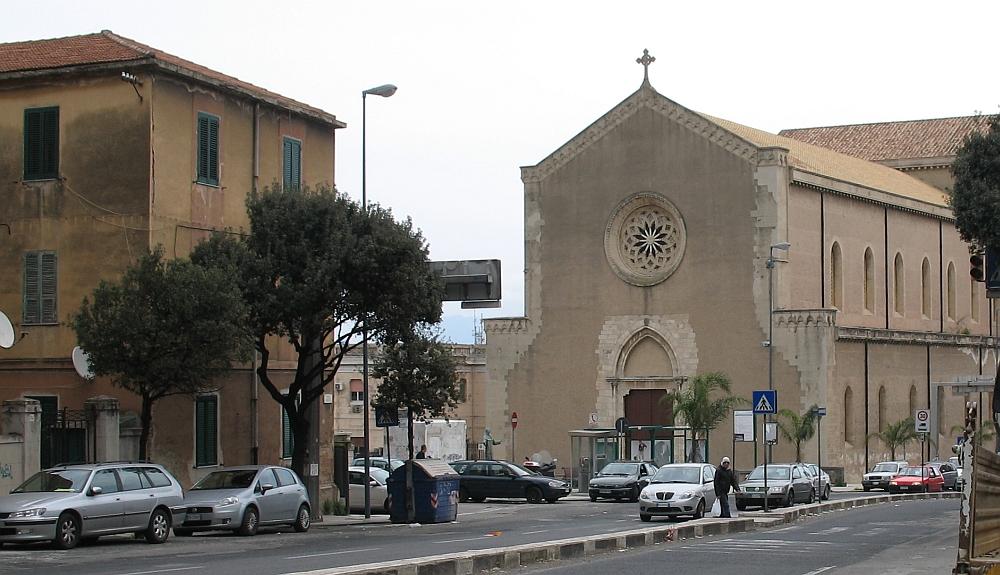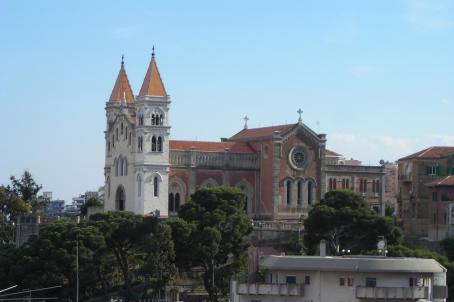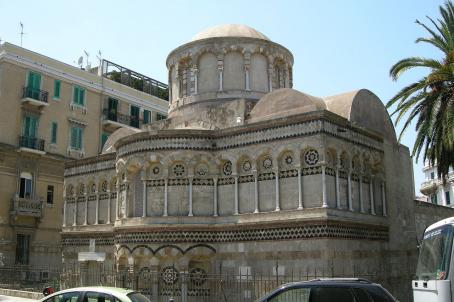Chiesa di San Francesco all'Immacolata
The church of San Francesco all'Immacolata is an imposing temple, the second largest church in Messina. It is the first temple of the Franciscan order in Sicily, built during the Angevin period in 1254 in honour of St. Francis, only 28 years after his death, at the request of some of the nobles of Messina and the friars themselves.






